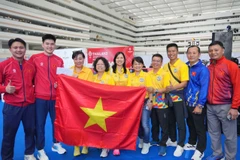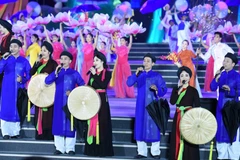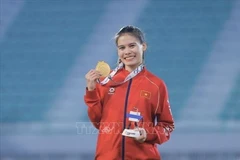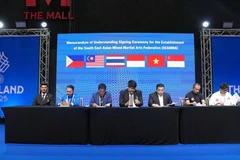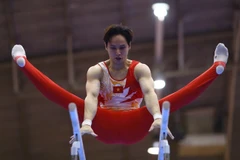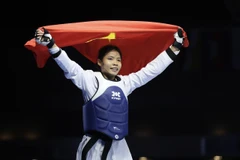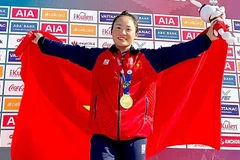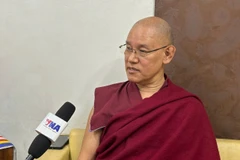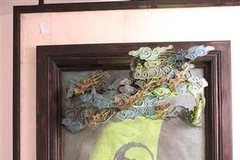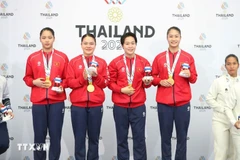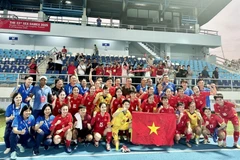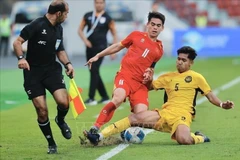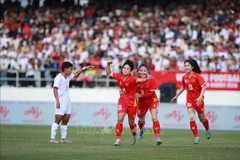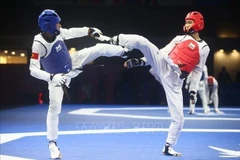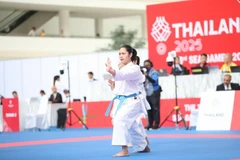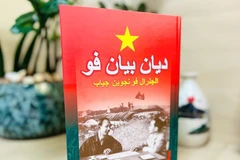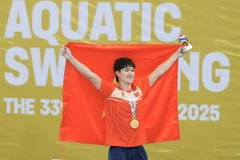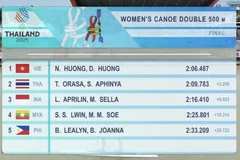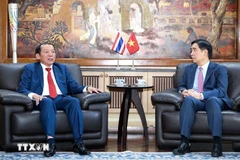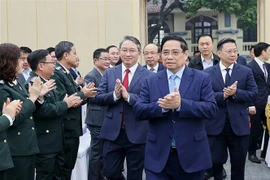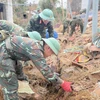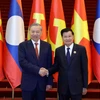The play presents an account of anhistorical battle between southern Han troops from China and ingeniousVietnamese troops led by legendary General Ngo Quyen.
The battle,which took place on the Bach Dang River in 938, ended more than 1,000years of Chinese domination of Vietnam, which began in 111BC.
Thevictory was based on the ingenious tactic of using sharpened treetrunks imbedded in the river to impale the invaders as the tide in theestuary receded. The win opened a new and almost continuous period ofindependence for the nation.
Ngo Quyen (897-944) was a Vietnamesegeneral during the Southern Han Dynasty occupation of Giao Chau city inthe Hong (Red River) Valley in northern Vietnam.
Pham Ngoc Tuan,director of the theatre, said the play was being revived because it notonly won a golden medal at the National Stage Competition in 1962, butwas connected to a major event in the nation's long history.
"It contributes to consolidating national patriotism and pride in each individual," he said.
Theplay is directed by Dang Ba Tai and stage designed by painter NguyenHoang Phong. Actor Xuan Quy, who has received a Meritorious Award, willact the main character, Ngo Quyen.
When first presented in 1962,the play was directed by Nguyen Dinh Phong with the participation offamous actors Quang Ton and Bach Tra and meritorious artist Van Thanh.
"Itwill be a great challenge for the artists to renew themselves. Theywill follow the original script, but add current news on nationalsovereignty in the East Sea," said Tuan.
The play is expected to be performed in September.
Tuongoriginated in the 12th century in Vietnam, but its growth occurredmainly in the 17th century in the central region. The art consists ofdance, song, and music performed by artists skilled in masquerade.
Alongwith cheo (traditional opera) in the north and cai luong (reformedtheatre) in the south, tuong is an integral part of Vietnamese culture.
The art was developed from a folk art into a royal art, and has themes eulogising loyalty to the monarch and patriotic duty.-VNA
